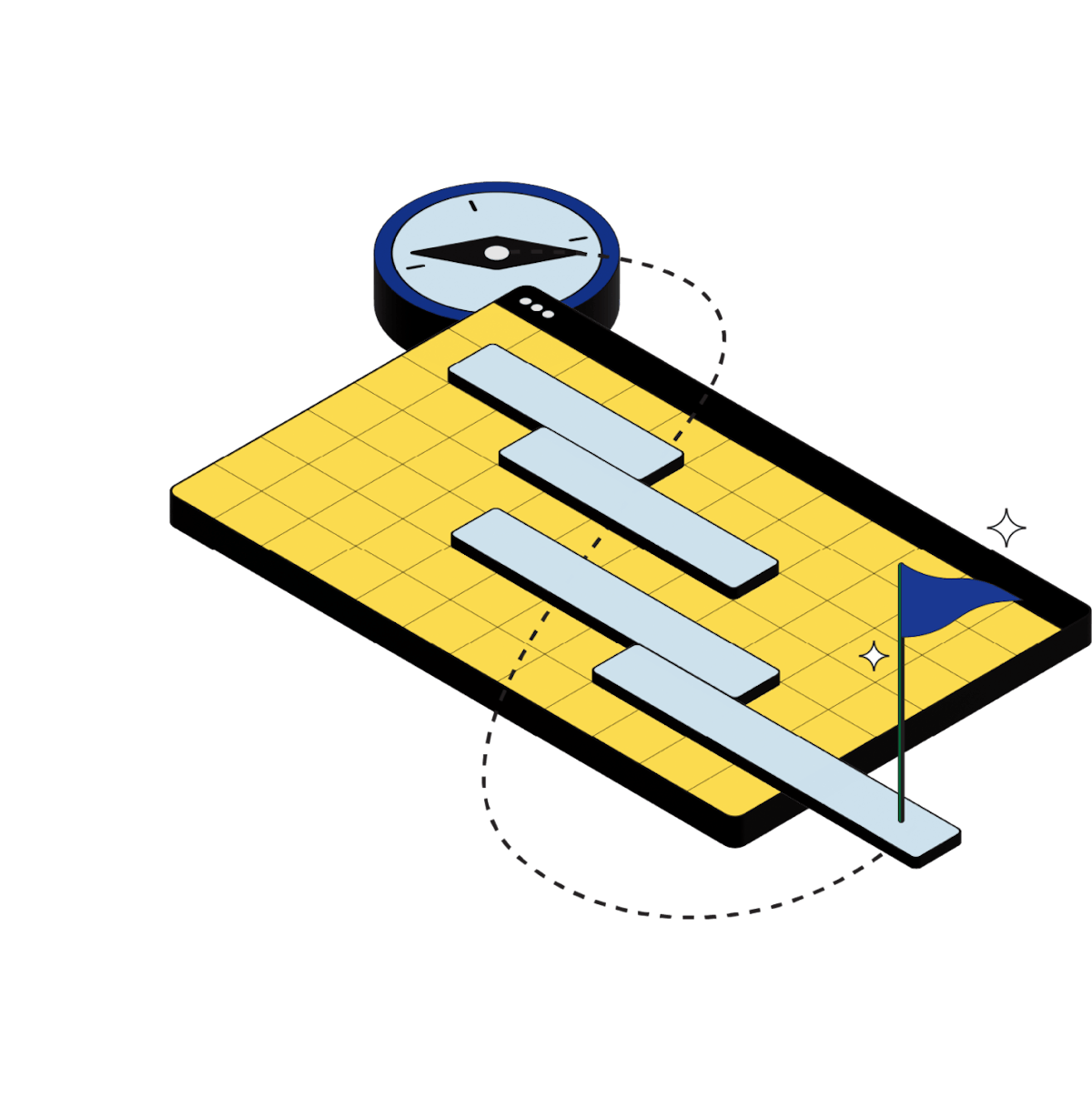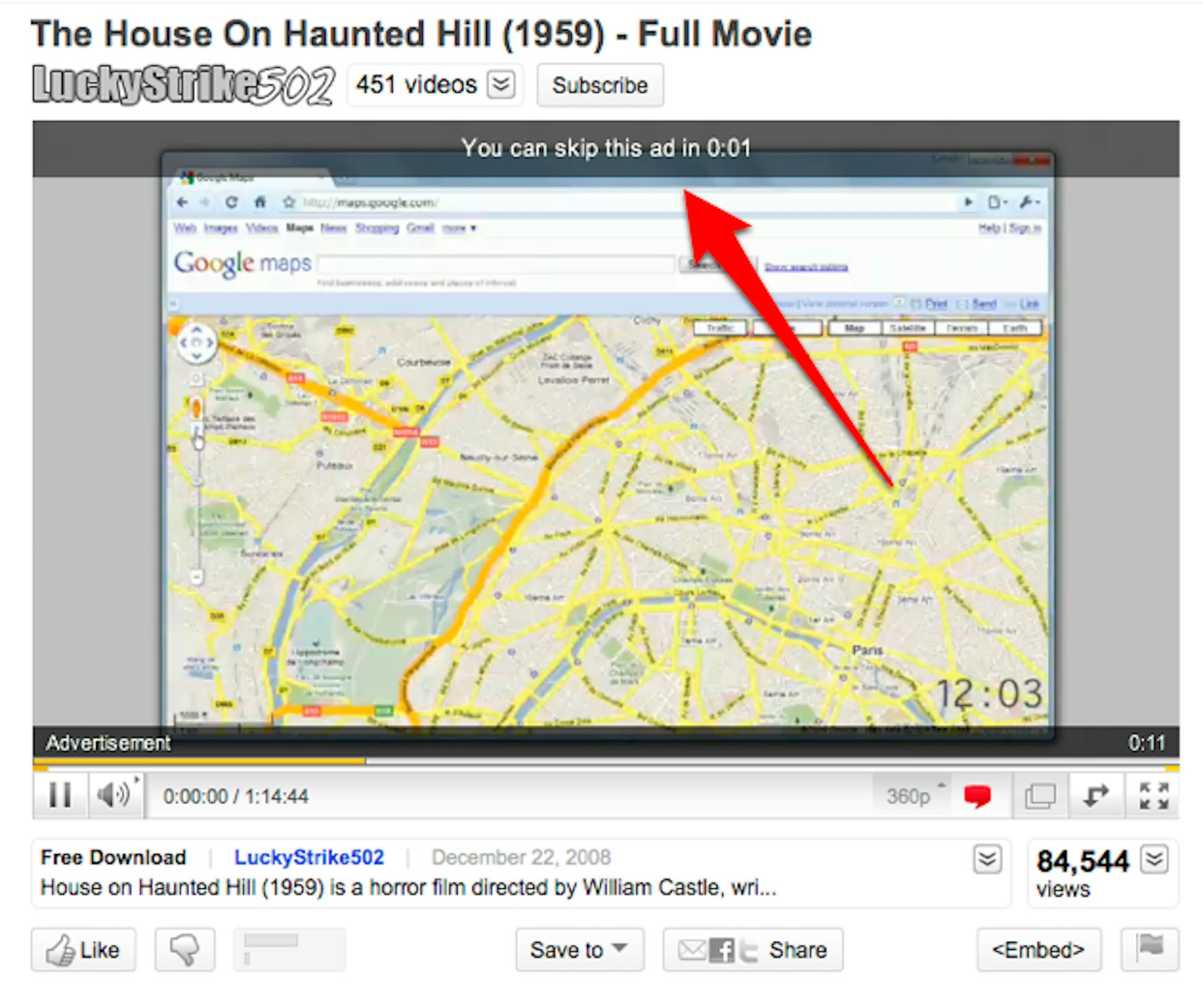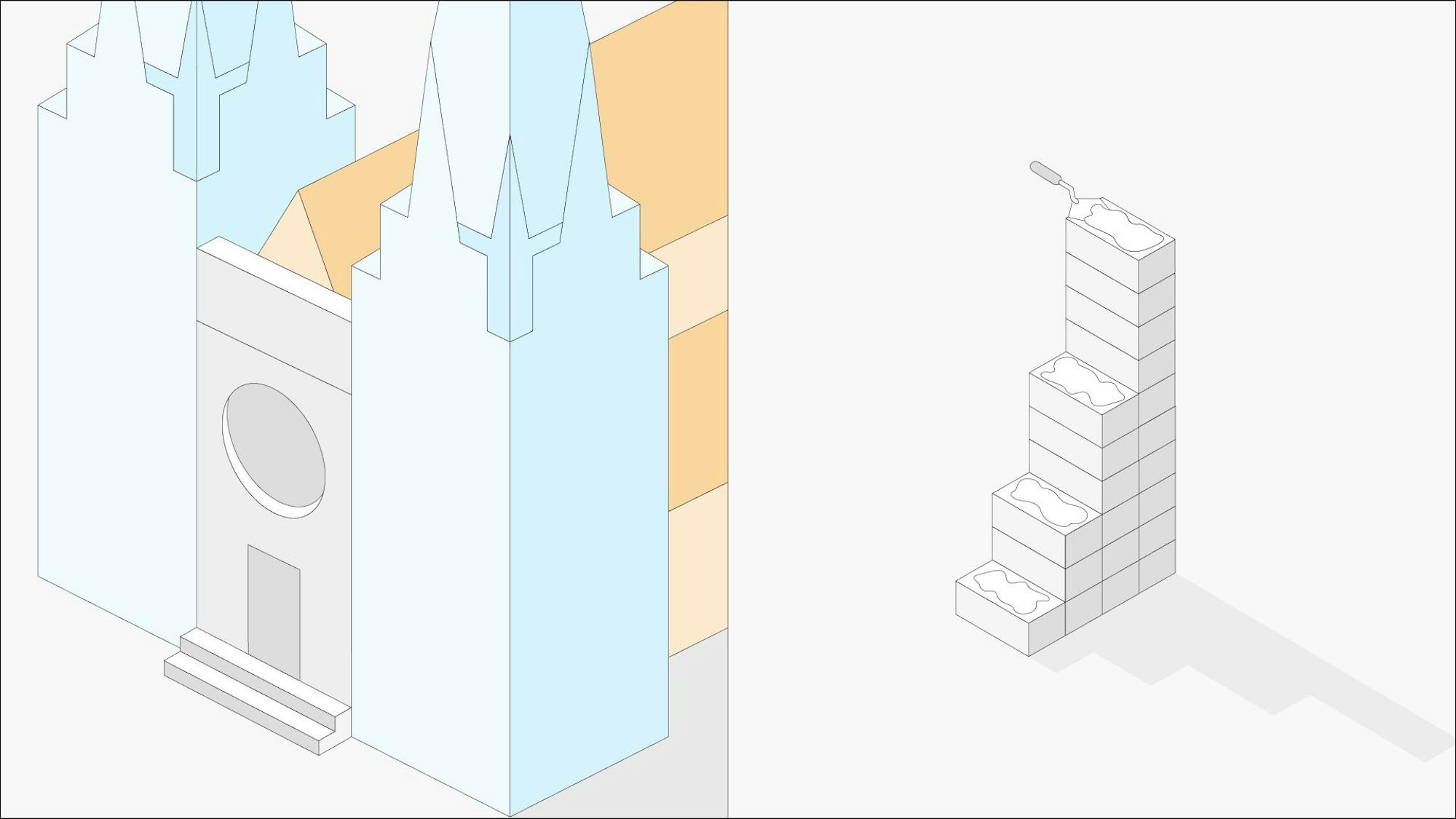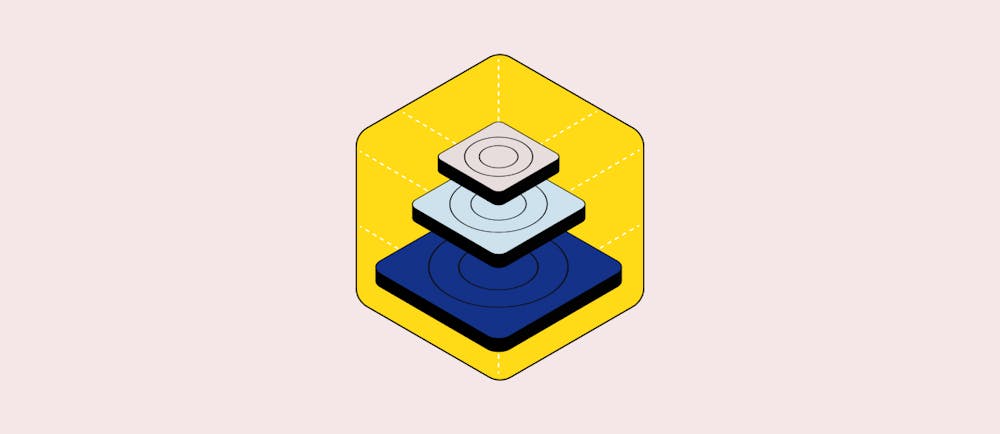Learn by making, not talking.
Principle 4: How might your team ship to learn?


Lane Shackleton
Lane creates insightful product experiences and leads effective, empathetic teams, including the Product and Design team here at Coda.
Product Teams · 8 min read

We knew that we had to change the situation quickly. Consumer usage of the product was skyrocketing, storage, server and delivery costs were ballooning, but we hadn’t figured out a viable monetization strategy. While advertising seemed like a natural choice for Google’s newest asset, no one could agree on how to monetize the property without damaging the user experience or building custom ad formats for every advertiser that demanded it.

We could have debated the idea for months, but instead we shipped something quickly and learned.
Learning by making

Putting it into practice
Here are three ideas for how you can put this principle into practice:(a) Amazon’s decision framework — one-way and two-way doors.
One thing that keeps teams in a cycle of talking instead of making is misunderstanding whether the key choices in the experience are one-way doors or two-way doors. Popularized by Jeff Bezos, the question is whether a decision or experience is reversible or not. If it’s not reversible, then it’s a one-way door and the team needs to proceed with caution. If it’s a two-way door, and the experience or decision can be reversed, then the team should consider biasing toward making and shipping. I’ve found that having this shared language on a team is imperative because often choices get framed as one-way doors by default when they are indeed two-way doors. You can read more about this concept and see an exercise in this template.(b) DoorDash’s cupcake — build the smallest version to learn.
I heard one great example of learning by making at a dinner with Tony Xu, DoorDash’s CEO. I believe the metaphor originally comes from Peter Merholz. To paraphrase Tony, most people aim to describe the biggest version of how a plan can be executed when the plan is proposed. But at DoorDash, they strive to start with the absolute smallest version of what could be executed, then go try it in a single geography, or with a small set of customers. In other words, they bake a cupcake without any expectation that it will turn into a full-sized cake.(c) Intercom’s mantra — shipping is the beginning of the process.
In discussing the principle of ‘learn by making’ with a few people, I learned of Paul Adam’s blog post about how shipping is the start of the learning process at Intercom. Paul’s ideas resonate and my favorite line from the post is:We ship to learn. We know that we will be wrong more often than we will be right. Because we care most about learning, we prioritize speed to execution.





Weekly insights from Lane, delivered to your inbox.
Join the Product Snippets newsletter, an informal rituals email for curious product people.
SubscribeRelated posts
Explore more stories for product teams












